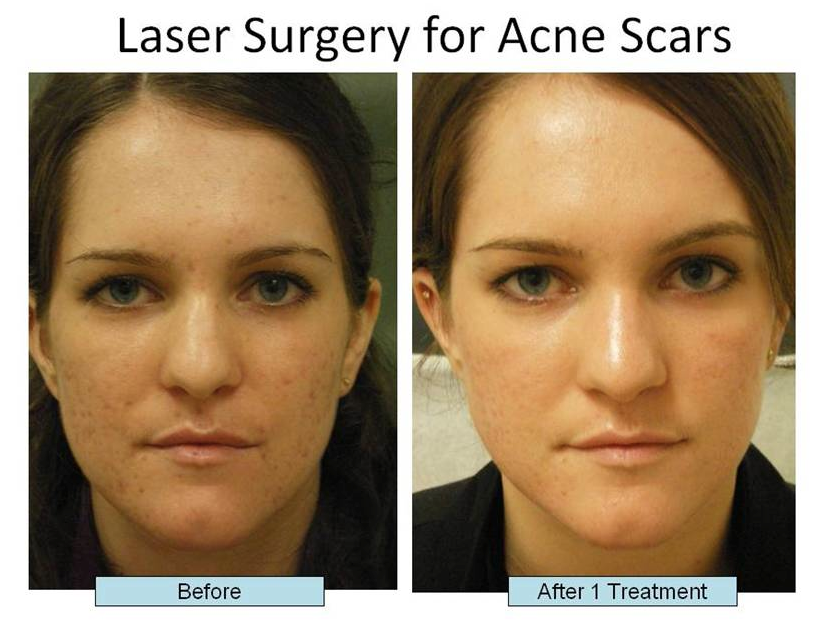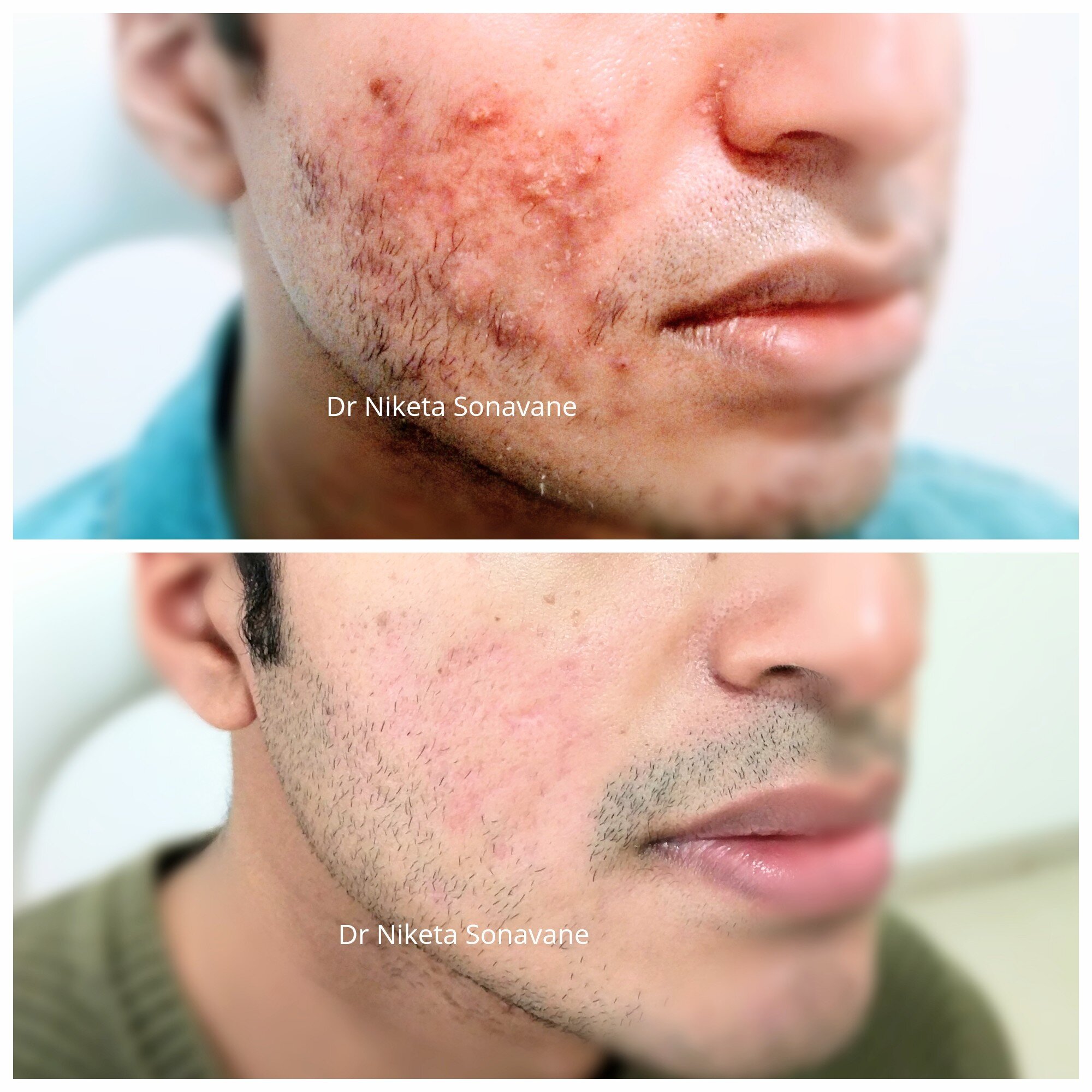Efficient Acne and Acne Scars Treatment: Clear Your Skin with Confidence
Efficient Acne and Acne Scars Treatment: Clear Your Skin with Confidence
Blog Article
Comprehending the Different Skin Disease and Reliable Therapy Alternatives for Acne Marks
Acne marks stand for an intricate interaction of skin problems that significantly impact individuals' self-esteem and overall skin health. Understanding the distinct types of acne marks-- hypertrophic and atrophic-- along with their underlying reasons, is essential for establishing reliable therapy methods. Different restorative options exist, ranging from innovative skin-related treatments to all-natural treatments. Nevertheless, the efficacy of these treatments frequently rests on tailored evaluations by qualified specialists. As we check out the landscape of acne scar monitoring, it ends up being noticeable that the trip toward more clear skin may involve greater than just topical solutions.
Sorts Of Acne Marks
The 2 key groups of acne marks are hypertrophic and atrophic marks. These scars are more categorized right into 3 subtypes: ice pick scars, which are deep and slim; boxcar marks, which are bigger and have distinct edges; and rolling scars, which produce a wave-like look due to uneven skin structure.
On the other hand, hypertrophic marks arise from an overproduction of collagen during the recovery procedure, leading to increased locations on the skin. These marks are often firm and can vary in color, often showing up red or darker than the surrounding skin.

Causes of Acne Scarring
Scarring occurs as an outcome of the body's natural healing feedback to swelling and injury brought on by acne lesions. When acne kinds, it activates an inflammatory reaction, leading to the launch of numerous cytokines and growth factors that advertise healing. This process can sometimes lead to too much tissue development or inadequate fixing, resulting in scars.
The key sources of acne scarring include the seriousness of the acne itself, duration of the sores, and individual skin kinds. Severe inflammatory acne, such as cysts and nodules, is a lot more most likely to lead to scarring as a result of deeper cells damages. Additionally, inappropriate handling of acne lesions, such as squeezing or selecting, can intensify cells injury and inflammation, enhancing the chance of scarring.
Genetic predisposition additionally plays a significant function; people with a family history of scarring go to a greater risk. Moreover, skin type and shade can affect scar development, as darker complexion may experience post-inflammatory hyperpigmentation, while lighter skin may create atrophic marks.

Treatment Choices for Scarring
Efficient therapy alternatives for acne scarring vary relying on the type and extent of the scars. Usually classified right into atrophic, hypertrophic, and keloid marks, these problems need tailored approaches for optimum outcomes.
For atrophic marks, which are defined by a loss of tissue, treatments such as chemical peels, microdermabrasion, and laser therapy are commonly employed. These approaches advertise skin revival and promote collagen production, thereby improving skin appearance. Subcision, a minimally intrusive procedure, can additionally be reliable by separating fibrous bands below the skin.
Hypertrophic and keloid marks can be a lot more challenging to treat. Alternatives consist of corticosteroid injections to minimize inflammation and flatten the marks. acne and acne scars treatment. Sometimes, cryotherapy or laser therapy may be recommended to decrease their appearance
Surgical options are readily available for serious scarring, where excision or skin grafting may be needed. It's crucial for individuals to consult with a skin doctor to examine their specific mark type and review the most ideal treatment strategy. Integrating multiple treatments typically yields the most effective outcomes, making certain that each client's unique skin problem is addressed properly.
Natural Remedy and All-natural Solutions
Natural options and natural home remedy can give an easily accessible method for people looking for to improve the appearance of acne marks. Various components located in the home kitchen have actually shown potential benefits in enhancing skin appearance and promoting healing.
Applying fresh aloe vera gel directly onto the marks can aid boost skin hydration and lower redness. Honey possesses natural antibacterial and moisturizing high qualities that can help in mark healing.
One more efficient alternative is lemon juice, which works as an all-natural exfoliant and can lighten hyperpigmentation. It needs to be made use of meticulously, as it might trigger photosensitivity. Oatmeal masks are likewise useful; their gentle exfoliation can help get rid of dead skin cells while comforting irritation.
Crucial oils, such as tea tree oil and lavender oil, can further sustain mark healing due to their antimicrobial homes. It is vital to carry out a patch examination prior to applying any remedy to ensure there are no damaging responses. These natural solutions can be a corresponding technique in the journey to diminish acne marks.
Stopping Future Scarring
Embracing a proactive strategy to skin care can substantially decrease the risk of creating future acne scars. Among the essential strategies is to take care of acne successfully as it arises (acne scars treatment). This includes making use of non-comedogenic skincare items and medicines prescribed by skin doctors that target acne without aggravating the skin. Normal cleaning, peeling, and hydration can assist maintain skin health and wellness and prevent clogged up pores.
Additionally, preventing the lure to press or choose acne sores is critical, as this can bring about inflammation and succeeding scarring. Rather, people need to concentrate on using topical therapies that advertise healing and decrease swelling. Ingredients such as salicylic acid, benzoyl peroxide, and retinoids are understood for their efficacy in handling acne and decreasing scars.

Finally, keeping a healthy diet plan abundant in anti-oxidants and remaining hydrated supports skin regrowth. By applying these safety nets, people can significantly reduce their risk of future scarring and promote overall skin health.
Verdict
In final thought, a detailed understanding of acne scars, including both atrophic and hypertrophic find out types, is important for reliable treatment strategies. Tailored treatments, consisting of expert treatments and home solutions, can dramatically improve skin appearance and texture. Precautionary steps additionally play an essential function in minimizing future scarring. Consultation with a skin specialist stays important to develop customized methods that consider individual skin types and mark extent, inevitably improving the effectiveness of scar management strategies.
Acne scars stand for a complex interaction of skin conditions that significantly influence individuals' self-worth and overall skin wellness. The 2 primary groups of acne scars are hypertrophic and atrophic scars. These marks are additional identified into 3 subtypes: ice pick marks, which are deep and narrow; boxcar scars, which are bigger and have well-defined sides; and rolling marks, which develop a wave-like look due to uneven skin appearance.
A thorough consultation with a skin doctor can assist establish the most appropriate intervention, taking right into account the individual's skin type, scar intensity, and overall skin health and wellness.
Appointment with a dermatologist continues to be vital to develop individualized approaches that take into consideration specific skin types and mark extent, special info ultimately improving the efficiency of mark management methods.
Report this page